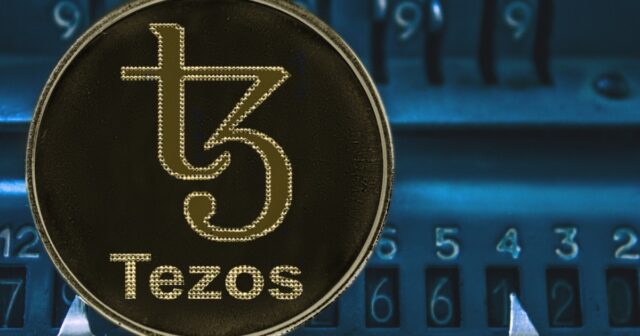The Paris protocol upgrade on Tezos (XTZ) introduced a significant overhaul to the staking experience, offering more ways to participate in securing the network and earn rewards. This comprehensive guide dives deep into Tezos staking, explores different staking scenarios, and explains their implications.
Staking vs. Baking: Understanding the Roles
- Staking: Involves delegating your XTZ to a baker, essentially contributing to their stake. Your funds remain in your account but are frozen. Misbehaving bakers risk economic penalties (slashing) that could impact your stake.
- Baking: Requires running a computer that actively participates in network security. Bakers produce blocks, maintain consensus, and vote on governance proposals. They receive rewards proportional to their stake and the associated risks.
Choosing Your Staking Approach: Delegation vs. Direct Staking
- Delegation: Allows participation in a baker’s stake without freezing your funds. However, delegated XTZ has half the weight compared to directly staked XTZ for earning rewards. Additionally, rewards may not be directly distributed to delegators; it depends on the baker’s policy.
- Direct Staking: Freezes your XTZ but offers full weight for earning rewards. Rewards are automatically added to your stake and compound over time.
Becoming a Tezos Staker: A Step-by-Step Guide
- Delegate Your Account: Choose a baker using Tezos Agora or a baking service. Use the
set delegatecommand in Octez or your wallet’s interface to delegate your account to the chosen baker. - Add Stake: Once delegated, use the
stakecommand (Octez) or your wallet’s interface to add your desired amount of XTZ to the stake. - Removing Stake: Use the
unstakecommand to remove your stake. However, keep in mind that unstaked XTZ remains frozen for approximately 11 days before it becomes fully available. - Changing Bakers: Switching bakers automatically unstakes your XTZ, which remains frozen for 11 days before restaking.
Understanding Staking Rewards
- Reward Distribution: Staking rewards are automatically added to your stake, effectively compounding your earnings over time.
- Reward Rate Fluctuations: The annual reward rate can vary between 0.25% and 10%, determined by the Adaptive Issuance mechanism. This mechanism adjusts the rate based on the total staked XTZ, aiming for a target of roughly 50% of the total supply.
Avoiding Overstaking: Maintaining Optimal Staking Conditions
- Overstaking Explained: Occurs when the total stake surpasses a baker’s limit, leading to reduced rewards for all stakers involved.
- Baker Limits: Bakers can typically accept up to five times their own stake from external delegators. However, anything exceeding this limit becomes delegated stake and earns only half the rewards.
- Monitoring Staking Limits: It’s crucial for stakers to monitor their chosen baker’s capacity and ensure they’re not contributing to overstaking, which reduces potential rewards.
Practical Staking Scenarios: Understanding the Impact
- Example: Consider baker “Brian” with a 4,000 XTZ stake and a 20,000 XTZ limit for external stake. If “Susan” and “Simon” each stake 10,000 XTZ, Brian reaches his limit. However, if “Sarah” joins with an additional 10,000 XTZ, Brian becomes 50% overstaked. This scenario highlights the importance of monitoring staking limits to avoid reduced rewards.
Related Post: Birdeye Integrates Real-Time Crypto Market Data on Sui Blockchain: A Boon for DeFi Developers
Ensuring Optimal Staking: A Continuous Process
- Regular Monitoring: To optimize rewards and contribute to network health, stakers should regularly check their baker’s capacity, limits, and policies.
- Impact of Baker Changes: Any adjustments to the baker’s stake can affect the overall staking scenario. Therefore, continuous monitoring is essential.
Additional Resources and Community Support
For further information, in-depth discussions, and community support, Tezos Agora serves as a valuable resource





